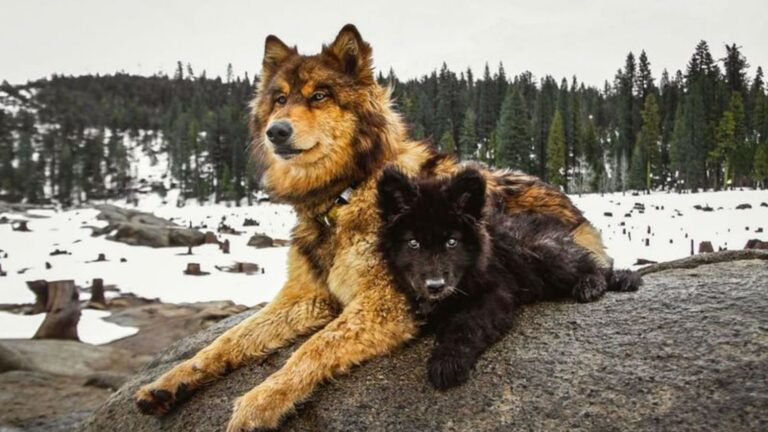Do Dolphins In Florida Have Their Own Language? Researchers Investigate

Ever wondered if those playful creatures jumping in Florida’s waters are actually chatting with each other? Marine biologists have long suspected dolphins communicate in complex ways beyond simple signals.
Recent studies in Florida’s coastal waters are revealing fascinating insights about how these intelligent mammals might be using a sophisticated language system all their own.
1. Research Explores Dolphin Vocal Patterns
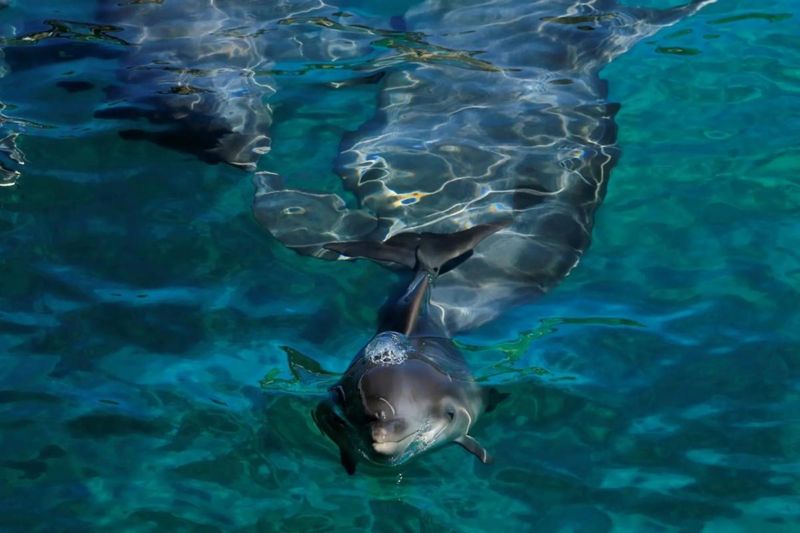
Florida’s Sarasota Bay has become a living laboratory for dolphin language studies. Researchers deploy underwater microphones called hydrophones to capture the full range of sounds.
Their findings? Dolphins don’t just make random noises – they produce consistent patterns that change based on activities, companions, and even time of day, suggesting purposeful communication.
2. Can Dolphins Understand Each Other?
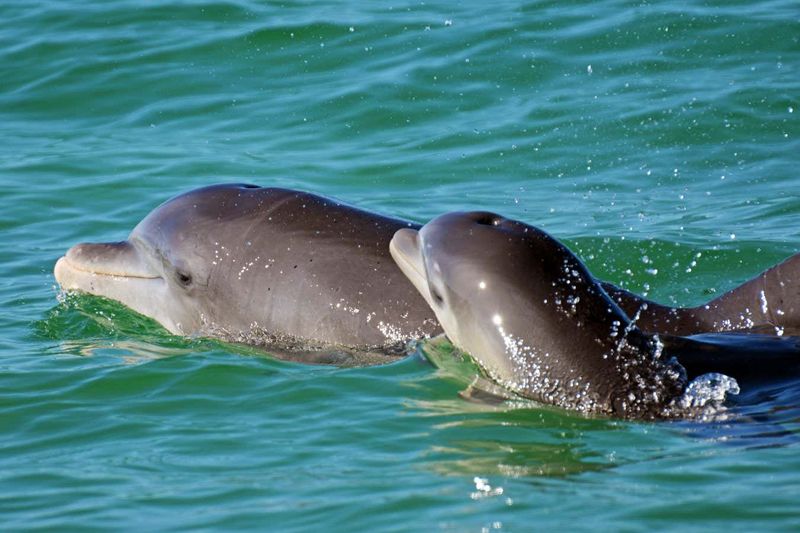
When two dolphins meet in Florida waters, they exchange whistles back and forth like old friends catching up.
Experiments show they can remember signature whistles for decades! This suggests they maintain long-term social bonds through vocal recognition. Remarkably, they even mimic each other’s sounds – a behavior once thought unique to humans and some birds.
3. Dolphins Communicate Through Unique Sounds
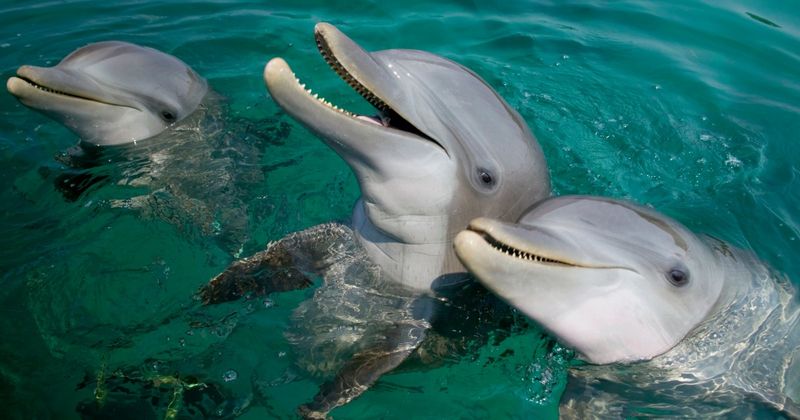
Imagine a world where your name is a special whistle! Each dolphin creates its own signature whistle shortly after birth.
This unique sound helps others identify them, similar to how we use names. Scientists have recorded thousands of these whistles from Florida dolphins, revealing personal ‘calling cards’ as distinct as human fingerprints.
4. Scientists Study Dolphin Communication In Florida
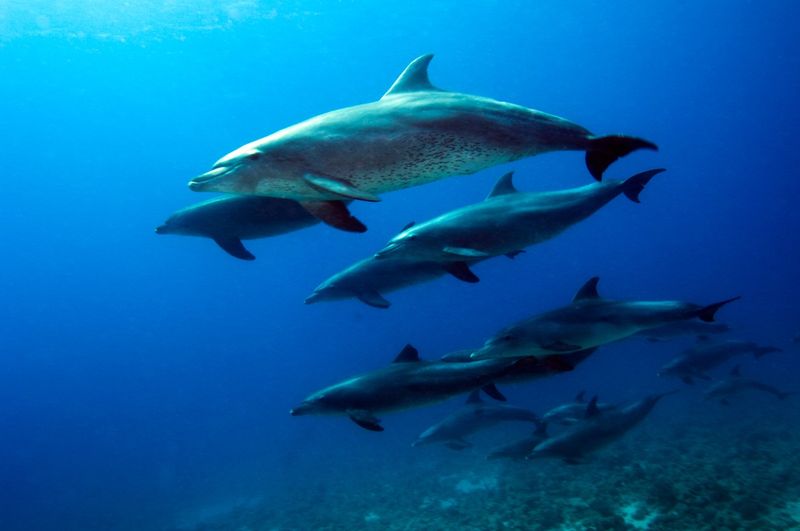
The crystal-clear springs and protected bays of Florida provide perfect conditions for dolphin language research.
Unlike murky waters elsewhere, scientists can simultaneously record sounds and observe behaviors here. This combination has led to groundbreaking discoveries about context-specific vocalizations – proving dolphins don’t just chatter randomly but communicate with purpose about their environment.
5. Are Dolphins Using Dialects In Florida Waters?
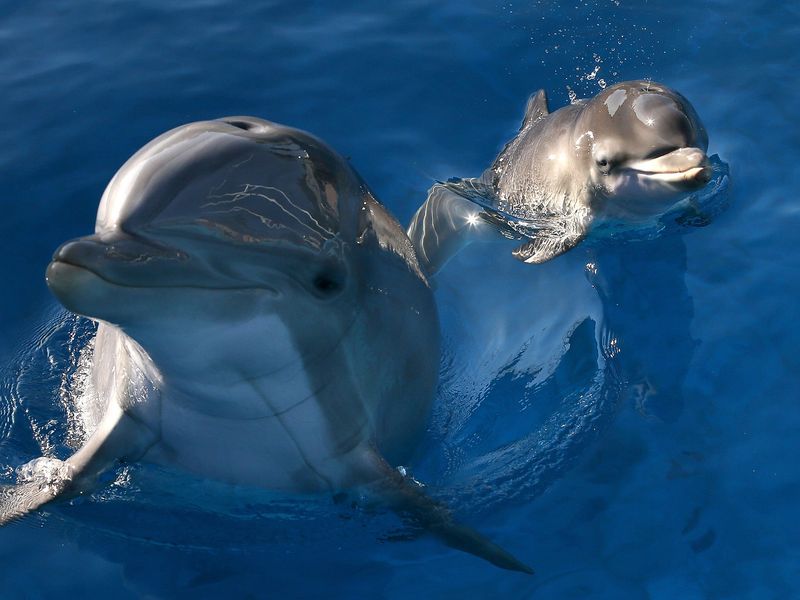
Just like humans have regional accents, dolphin pods in different parts of Florida appear to develop their own vocal styles!
Dolphins in the Keys sound noticeably different from their Gulf Coast cousins. These ‘dialects’ likely develop through social learning within groups and help strengthen pod identity. Young dolphins learn the local ‘accent’ from their pod members.
6. How Dolphins Use Clicks To Communicate
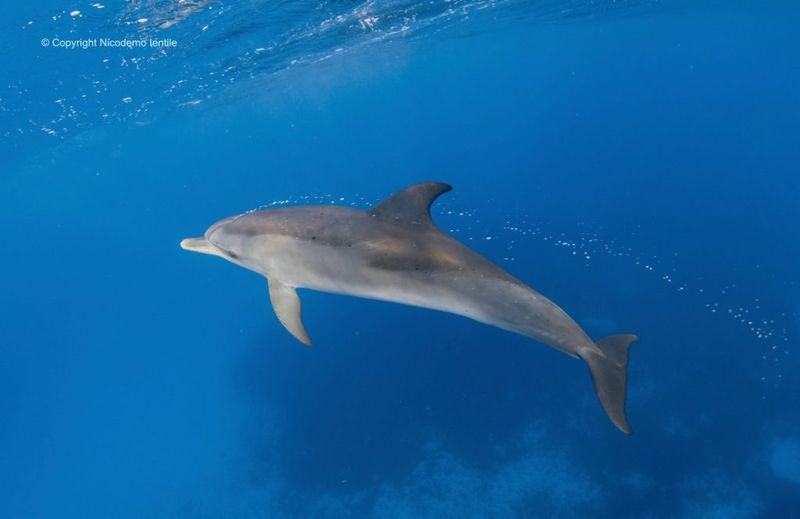
Beyond whistles, Florida dolphins produce rapid-fire click trains that sound like squeaky doors to our ears. These clicks serve double duty – they’re used for echolocation to find fish and navigate, but also appear in social contexts.
Recent research suggests these clicks might contain encoded information about food sources or dangers lurking in Florida’s waters.
7. The Complexity Of Dolphin Vocalization
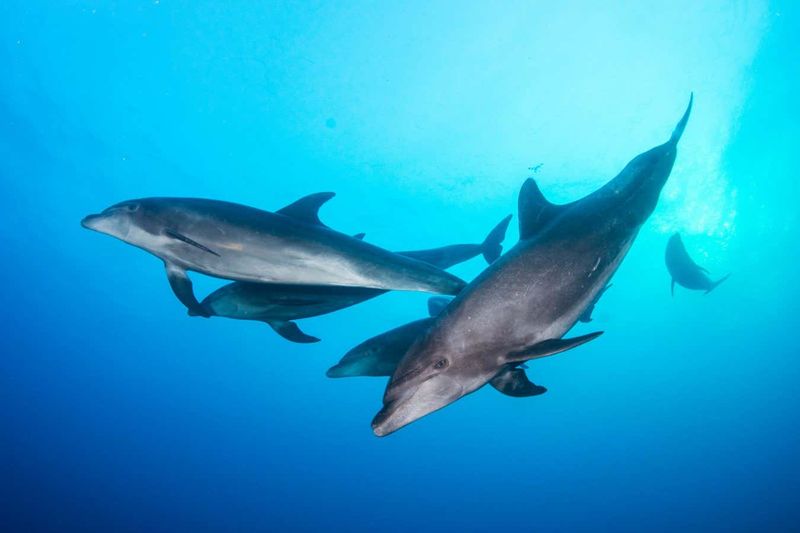
Would you believe a dolphin’s vocal repertoire rivals our own? Florida bottlenose dolphins produce over 30 distinct sound types! Their brain-to-body ratio exceeds most animals except humans.
The specialized areas for sound production in their brains are remarkably developed. This neural complexity enables them to create and process an astonishing variety of meaningful sounds.
8. Dolphins Have Their Own Social Signals
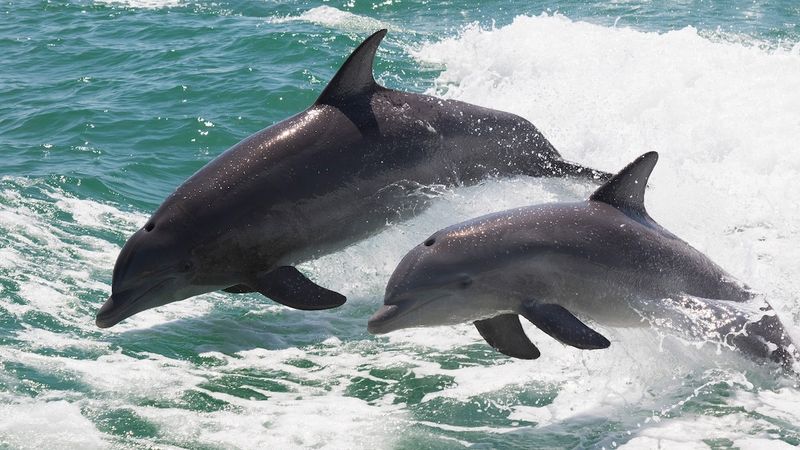
During Florida feeding frenzies, dolphins coordinate with specific pulsed sounds unlike their normal calls. Mothers whistle constantly to calves during their first weeks of life, creating a vocal bond.
When males form alliances to find mates, they develop synchronized whistles that strengthen their partnership – almost like friends developing inside jokes only they understand.
9. Acoustic Research Uncovers Dolphin Language
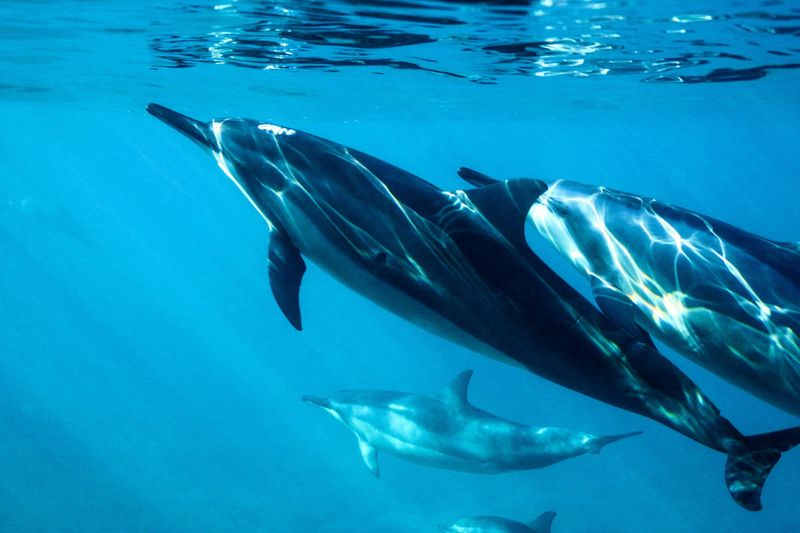
Hidden beneath Florida’s waves lies a soundscape richer than we ever imagined. Advanced underwater microphones now capture dolphin conversations with stunning clarity.
Computer algorithms analyze these recordings to identify patterns humans might miss. The results? Evidence suggesting dolphins may have grammar rules and sentence-like structures in their communications – hallmarks of true language.
10. The Role of Dolphins’ Whistles In Communication
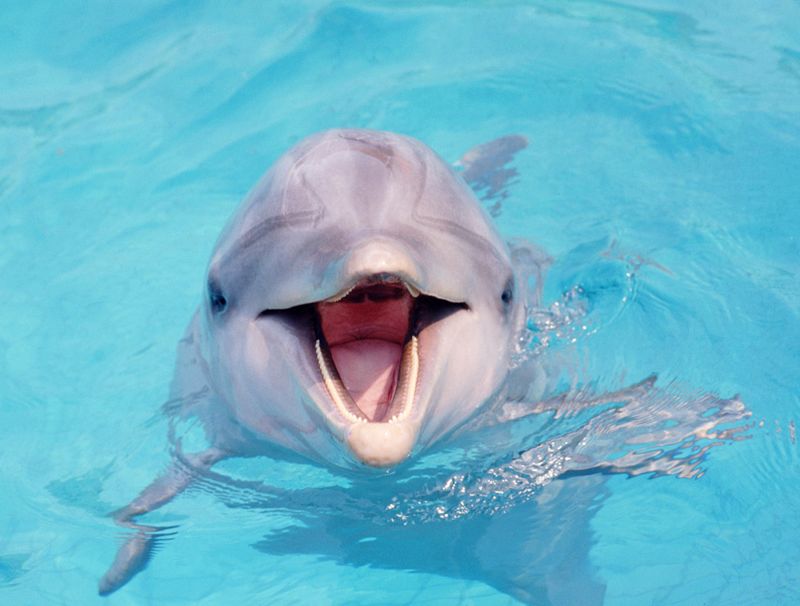
A startling discovery from Florida research shows dolphins can produce whistles without exhaling!
Unlike human speech that requires breath, dolphins create sounds by manipulating air sacs in their nasal passages. This allows them to communicate effectively while holding their breath underwater for extended periods – an evolutionary adaptation perfect for marine mammals needing to share information while submerged.
11. Do Dolphins Have Regional Accents?
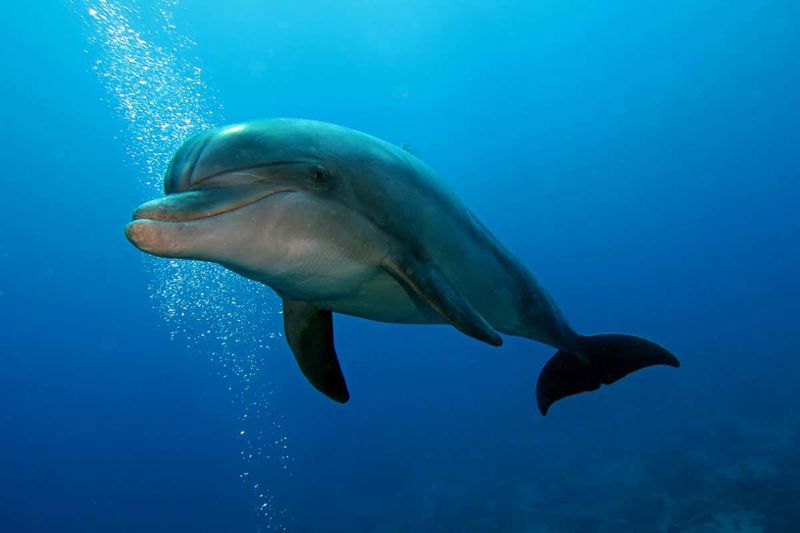
The ‘voices’ of Miami dolphins sound distinctly different from their Tampa relatives! Researchers analyzing thousands of recordings found consistent variations between populations.
These differences aren’t random – they persist across generations within the same areas. This suggests cultural transmission of vocal patterns, similar to how human children adopt the accents of their communities.
12. Exploring The Social Bonds Of Dolphins
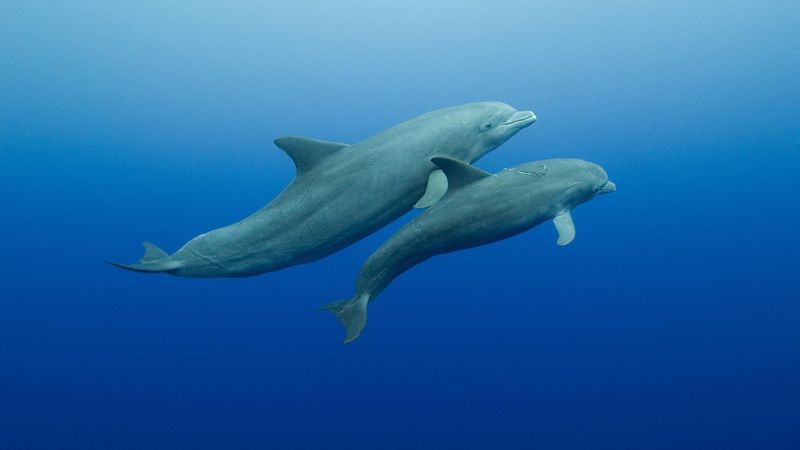
Florida’s resident dolphins maintain intricate friendship networks reinforced through constant chatter. When separated, they call specific individuals by mimicking their signature whistles – essentially saying their friend’s name!
Playback experiments prove dolphins recognize and respond to these personalized calls even after years apart, demonstrating sophisticated social memory rivaling our own.
13. Dolphins’ Use Of Echolocation In Conversation
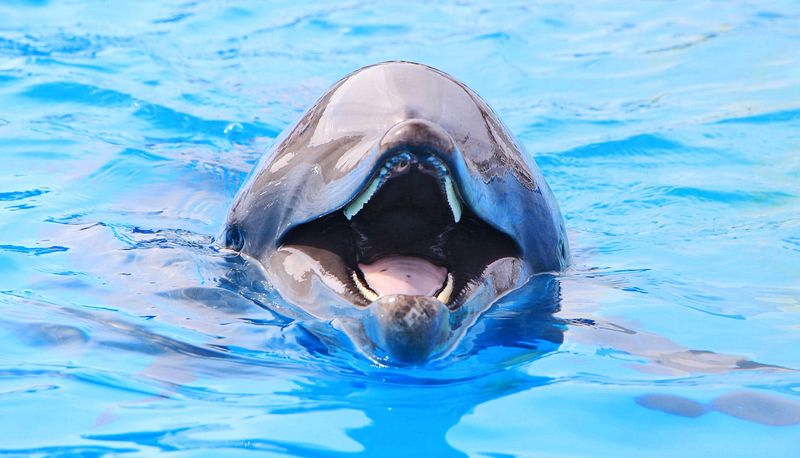
Florida researchers made a stunning discovery: dolphins appear to share echolocation information! When one dolphin discovers fish hidden in seagrass, it produces specific click patterns. Nearby dolphins then alter their swimming direction without seeing the fish themselves.
This suggests they’re not just finding food individually but actively sharing detailed location information through specialized sound patterns.
14. Understanding How Dolphins Share Information
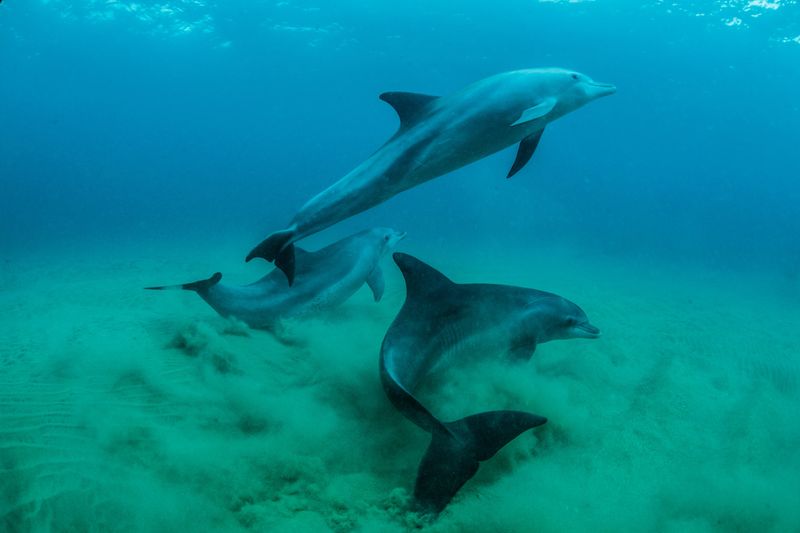
Could dolphins be gossiping about us? Florida’s dolphins remember and recognize specific boats and people, changing their communication patterns accordingly.
They’ve been observed warning each other about potential threats through alarm calls. Most fascinating of all, they appear to plan complex hunting strategies through vocal exchanges before executing perfectly coordinated fish-herding maneuvers – suggesting true collaborative communication.



